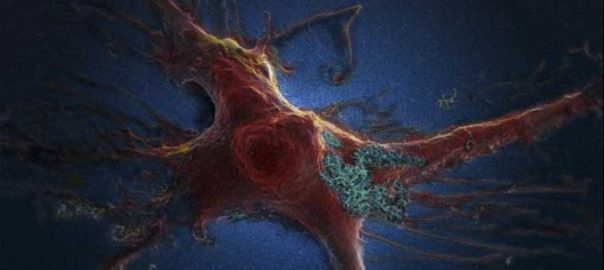Treating Parkinson’s Disease

Scientists Reprogram Brain Cells to Treat Parkinson’s
Scientists in Europe have developed a new method of reprogramming brain cells to treat Parkinson’s disease. The experiments were conducted in mice to see if some of the movement disorders that characterize Parkinson’s could be corrected.
Parkinson’s Disease: An Overview
Parkinson’s disease is the result of neurons (brain cells) malfunctioning and dying, thus failing to produce an essential chemical called dopamine which is responsible for sending signals related to movement and coordination. As the disease progresses, the reduced amount of dopamine in the brain lead to uncontrolled and abnormal movements. Parkinson’s is a progressive disease and symptoms continue to worsen over time. Medication and surgery can help manage symptoms, but there is no cure. An estimated 1 million Americans are living with Parkinson’s.
Brain Cell Reprogramming to Treat Parkinson’s
The pioneering study at the Karolinska Institute in Stockholm involved reprogramming mouse brain cells and inducing them to produce dopamine. Similar reprogramming has also been achieved in human brain cells in the laboratory.
Brain cells known as astrocytes, in both mice and human cultures, were converted into dopamine-producing cells. As mentioned, dopamine is a neurotransmitter chemical that is necessary for coordinated movement. If this can be replicated in the human body, it can help replace the dead and destroyed dopamine-making neurons and alleviate the symptoms of Parkinson’s.
Mouse models had Parkinson’s disease induced through the destruction of dopamine-producing neurons. They were then treated with a viral delivery system which transmitted genes that reprogrammed astrocytes in the brain to begin producing dopamine.
Parkinson’s Treatment: What Does The Future Hold?
Much further testing and development is needed before the method can be used to treat Parkinson’s in human patients. The study authors are encouraged by initial results. Next, the efficiency of the reprogramming process needs to be improved and safety and efficacy need to be demonstrated on human astrocytes. The study represents a more sophisticated version of previous attempts at gene therapy for Parkinson’s disease. Other projects in the pipeline include one in San Diego where scientists are trying to get induced pluripotent stem cells to mature into dopamine-producing neurons, which can be implanted into the brains of patients with Parkinson’s. Again, results have shown tremendous promise.
References:
1. What is Parkinson’s Disease?
2. Brain cells reprogrammed to make dopamine, with goal of Parkinson’s therapy


